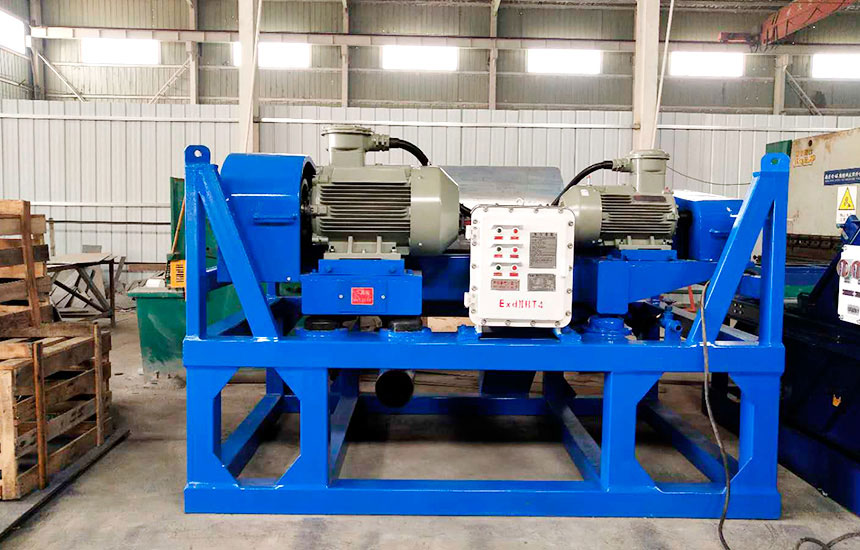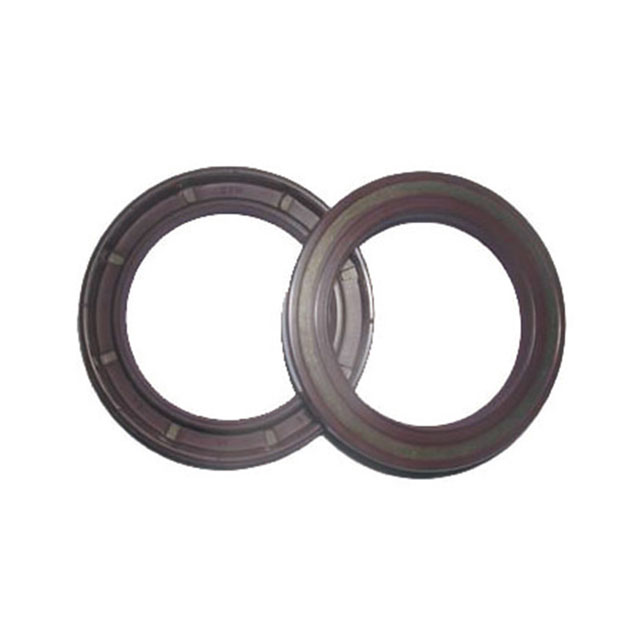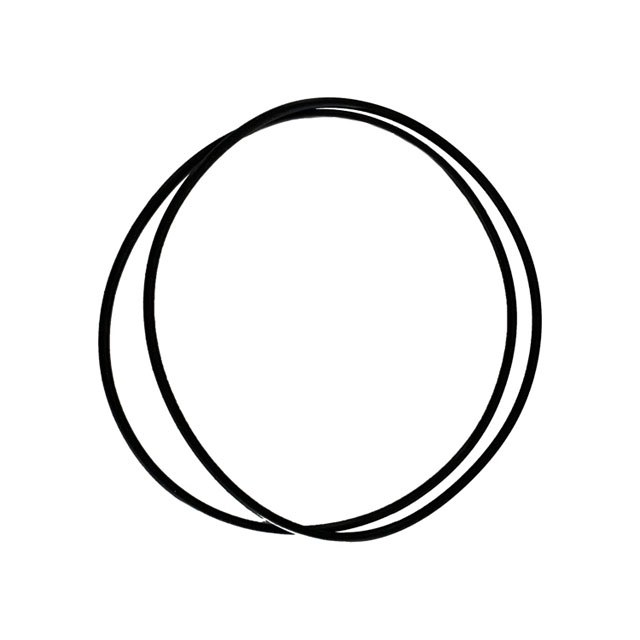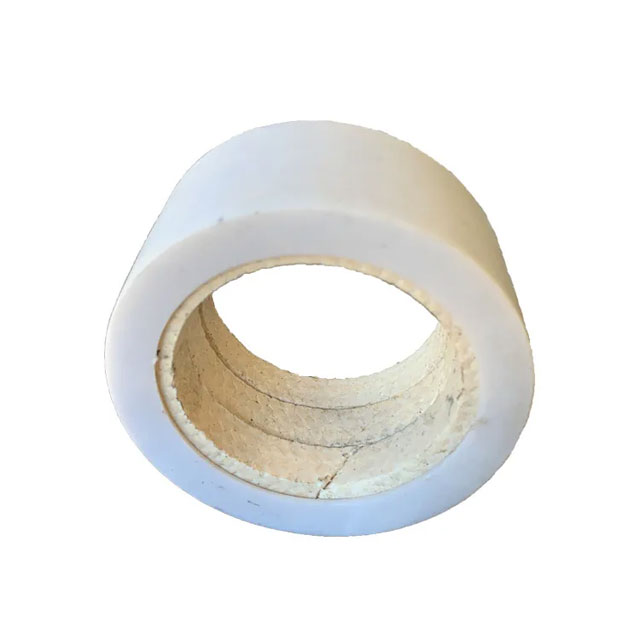WeChat: 86-13735815206 / 86-17392256505
Phone: 86-29-88680837
Mail: sales@hlsolidscontrol.com
Add: Room 804, Building 1, Western Cloud Valley Phase II, Fengxi New Town, Xixian New District, Shaanxi Province
The development history and future trends of centrifuge
In ancient China, people used one end of a rope to tie a clay pot, hold the other end of the rope, rotate the pot, generate centrifugal force to squeeze out the bees in the pot, this is the early application of the principle of centrifugal separation.
Industrial centrifuges were born in Europe. For example, in the middle of the 19th century, three-foot centrifuge for textile dehydration and top-suspended centrifuges for separating crystalline sugar in sugar mills appeared successively. These early centrifuges were intermittent operation and manual slagging. Due to the improvement of the unloading mechanism, continuous operation centrifuges appeared in the 1930s, and intermittent operation centrifuges were also developed due to the realization of automatic control. Industrial centrifuges can be divided into filter centrifuges, sedimentation centrifuges and separators according to the structure and separation requirements.
The drilling fluid centrifuge has a cylinder that rotates at high speed around its axis, called a drum, and is usually driven by a motor. After the suspension (or emulsion) is added to the drum, it is driven to rotate at the same speed as the drum, and the components are separated under the action of centrifugal force and discharged separately. Generally, the higher the drum speed, the better the separation.
The centrifugal separator has two functions: centrifugal filtration and centrifugal sedimentation. Centrifugal filtration is the centrifugal pressure generated by the suspension in the centrifugal force field, which acts on the filter medium to make the liquid pass through the filter medium and become the filtrate, while the solid particles are trapped on the surface of the filter medium to achieve liquid-solid separation; centrifugal sedimentation is used The principle that the components of the suspension (or emulsion) with different densities settle in the centrifugal force field to achieve liquid-solid (or liquid-liquid) separation.
There is also a type of separator for experimental analysis, which can perform liquid clarification and solid particle enrichment, or liquid-liquid separation. This type of separator has different structural types that operate under normal pressure, vacuum, and freezing conditions.
Filter centrifuges and sedimentation centrifuges mainly rely on the diameter of the drum to expand the working surface on the circumference of the drum; in addition to the circumferential wall of the drum, the separator also has additional working surfaces, such as the disc of the disc separator and the chamber separator The inner cylinder, settlement working surface.
In addition, the more detailed the solid particles in the suspension, the more difficult it is to separate, and the fine particles carried away in the filtrate or separated liquid will increase. In this case, the centrifuge needs to have a higher separation factor to separate; the liquid in the suspension When the viscosity is large, the separation speed slows down; the density difference of each component of the suspension or emulsion is large, and the centrifugal sedimentation is performed, while the suspension centrifugal filtration does not require the density difference of each component.
The choice of centrifugal separator must be based on the size and concentration of solid particles in the suspension (or emulsion), the density difference between the solid and the liquid (or two liquids), the viscosity of the liquid, the characteristics of the filter residue (or sediment), and the separation requirements After a comprehensive analysis, the filter residue (sediment) moisture content and the filtrate (separated liquid) clarity requirements, which type of centrifuge is initially selected. Then according to the processing capacity and the automation requirements for the operation, the type and specifications of the centrifuge are verified by actual tests.
Generally, for suspensions containing particles greater than 0.01 mm in size, filter centrifuges can be used; for suspensions with small particles or compressible deformation, sedimentation centrifuges should be used; for suspensions with low solids content, small particles, and When liquid clarity is required, a separator should be used.
The future development trend of centrifugal separators will be to strengthen the separation performance, develop large-scale centrifugal separators, improve the slag unloading mechanism, increase and combine rotary drum centrifuge, strengthen the research of separation theory and study the process control of centrifugal separation, etc.
Strengthening the separation performance includes rotating drum speed; adding new driving force during centrifugal separation; accelerating the slag pushing speed; the length of the rotating drum makes centrifugal sedimentation and separation time. The development of large-scale centrifugal separators is mainly based on the diameter of the drum and the use of double-sided drum processing capabilities to enable equipment investment, energy consumption and maintenance costs for processing unit volume of materials. In terms of theoretical research, it mainly studies the fluid flow conditions in the drum and the formation mechanism of filter residue, and studies the calculation methods of separation and processing capacity.



